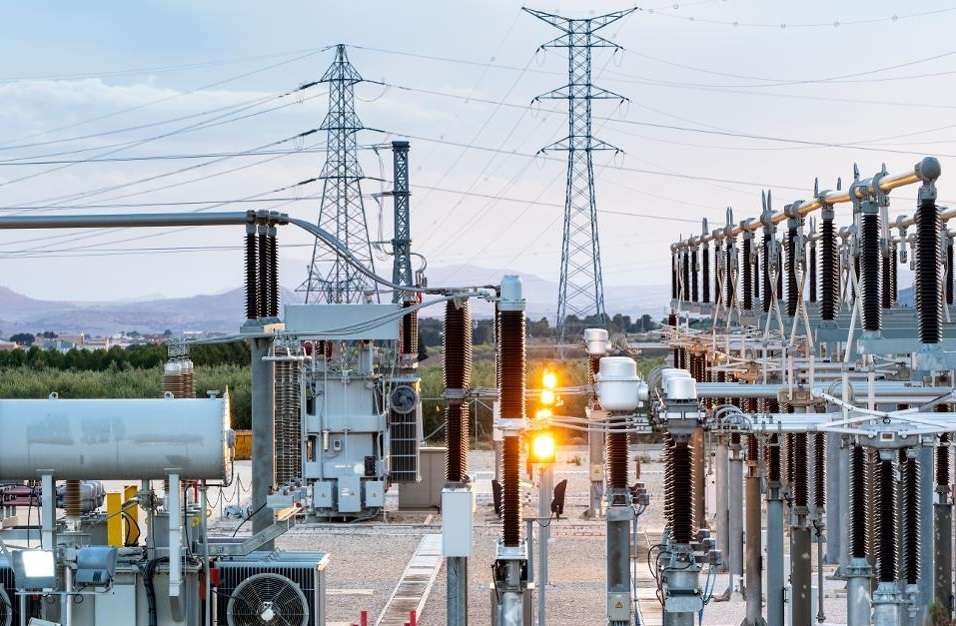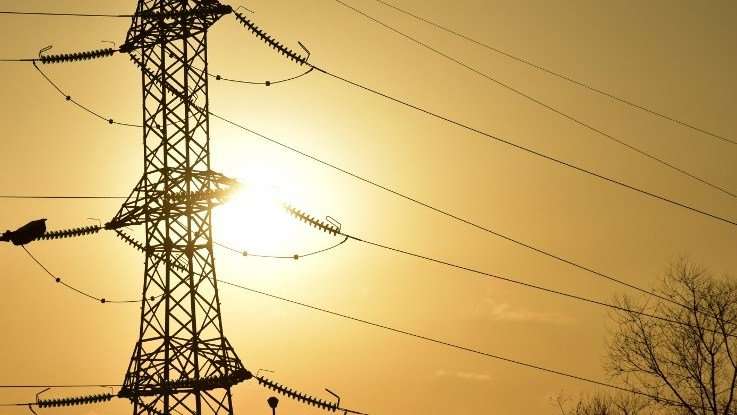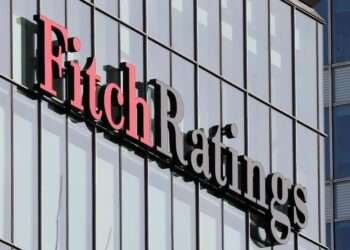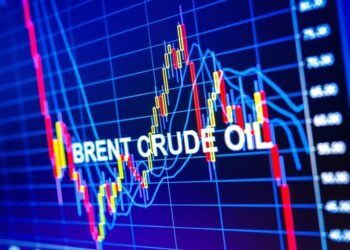The Africa Centre for Energy Policy Africa (ACEP), in its assessment of Ghana’s energy sector debt trajectory, has noted the importance of the implementation of the cash waterfall mechanism to solving the energy sector debt woes, but also pointed out that poor revenue performance posed a hindrance.
Energy sector debt has been rising through the roof despite reforms rolled out in the sector including the implementation of the cash waterfall mechanism. In a recent lecture, Dr Mahamudu Bawumia, noted that the energy sector excess capacity payments owed Independent Power Producers (IPPs) under take or pay agreements was around GHS17 billion.
ACEP, in a report titled: ‘The State of the Energy and Extractive Sectors of Ghana: Critical Reforms Required for Sustainable Economic Recovery’ indicated that the cash waterfall mechanism is to ensure equitable distribution of revenue among the various parties in the power sector. This includes the generation companies, the transmission company, fuel suppliers, and regulatory fees.
“This mechanism was to avert the practice of the unfair distribution of the insufficient revenues collected by ECG. The mechanism has been positive thus far. However, the fundamental challenge of poor revenue performance plagues the sector.”
ACEP
In 2021, the cash waterfall mechanism could only settle about GHS5.2 billion, less than 50 per cent of the payment requirements for the value chain. Consequently, the additional intervention of about $1.25 billion (GHS 7.13 billion) was required from the government to settle Independent Power Producers (IPPs) and gas purchases.
Out of the $1.25 billion, the Ministry of Finance paid about $1.03 billion from an undisclosed source. The balance of about $231 million paid for under-recoveries was raised through Bonds- $68.7 million by the Ministry of Finance and $161.9 million by ESLA PLC.
ACEP raised suspicions to the effect that the undisclosed $1.03 billion of the Eurobond funds raised to rationalise the power sector contracts under renegotiation were used to settle the under-recoveries.

ACEP Raises Questions on Energy Sector Debt Payments
The Energy Think Tank, considered that, if the Eurobond was used to pay the under-recoveries for the year, then two critical questions remain: a) How will the government pay for the contracts being renegotiated? b) Where will the government get money to pay for 2022 imminent power sector shortfalls within the difficult economic context?
Outlining reasons for Ghana’s recent IMF bailout, the Vice President of the Republic, Dr Mahamudu Bawumia, during a lecture at the Accra Business School, said:
“Without GHS54 billion debt for the three exceptional items (Covid-19, financial sector and energy sector), Ghana’s debt to GDP would be within the sustainable threshold of some 68% instead of the 76.6% at the end of 2021.”
Dr Bawumia
Dr Bawumia assured that:“We are also poised for a major reform of the energy sector. The reforms will make the sector more market based.”
The Government has developed the Energy Sector Recovery Program (ESRP) which provides a clear and comprehensive roadmap to restore and sustain the financial viability of the energy sector through key strategic actions, reforms, and implementation of related Action Items.
On the part of the Ministry of Energy, several efforts are in place to ensure the sector comes out of this quagmire. Among efforts to solve this critical problem are: vigorous implementation of the cash waterfall mechanism; bridging the sector funding gaps; implementation of consistent but gradual reduction in power system losses at all voltage levels; streamlining prudent sector investments; improving efficiencies to reduce sector operational costs.
READ ALSO: UK Likely to Experience Hottest Day with 41C Record Forecast





















